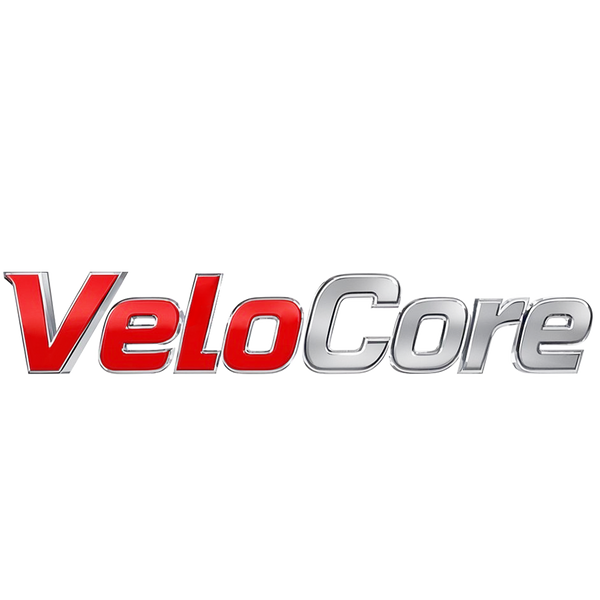Vehicle Compatibility Guide
Vehicle Compatibility Guide
Finding the right automotive parts for your vehicle is crucial for proper fit, performance, and safety. Our Vehicle Compatibility Guide helps you identify the correct parts for your specific make, model, and year.
How to Find Compatible Parts
Step 1: Identify Your Vehicle Information
Before searching for parts, gather the following information about your vehicle:
- Year: The model year of your vehicle
- Make: The manufacturer (e.g., Toyota, Ford, Honda)
- Model: The specific model name (e.g., Camry, F-150, Civic)
- Trim Level: The specific trim or package (e.g., LX, Sport, Limited)
- Engine Size: Engine displacement or type (e.g., 2.0L, V6, Turbo)
- VIN: Vehicle Identification Number (17-digit code)
Step 2: Use Our Part Finder Tool
Our website features an easy-to-use part finder tool that allows you to:
- Select your vehicle's year, make, and model from dropdown menus
- Browse parts specifically compatible with your vehicle
- Filter results by category, brand, or price
- View detailed compatibility information for each part
Step 3: Verify Part Numbers
For the most accurate fitment:
- Check your vehicle's owner's manual for OEM part numbers
- Compare part numbers with our product listings
- Look for cross-reference information in product descriptions
- Contact our customer service team if you're unsure
Understanding Part Compatibility
OEM vs. Aftermarket Parts
OEM (Original Equipment Manufacturer) Parts:
- Made by the vehicle's original manufacturer
- Guaranteed exact fit and specifications
- Often come with manufacturer warranty
- Typically higher price point
Aftermarket Parts:
- Made by third-party manufacturers
- May offer improved performance or features
- Often more affordable than OEM
- Quality varies by manufacturer
Direct Fit vs. Universal Parts
Direct Fit: Designed specifically for your vehicle with no modifications required
Universal: May fit multiple vehicles but could require modifications or adapters
Common Compatibility Factors
When selecting parts, consider these important factors:
Engine Specifications
- Engine size and type (4-cylinder, V6, V8, diesel, etc.)
- Fuel type (gasoline, diesel, hybrid, electric)
- Turbo or naturally aspirated
Drivetrain
- Front-wheel drive (FWD)
- Rear-wheel drive (RWD)
- All-wheel drive (AWD) or 4-wheel drive (4WD)
Transmission
- Manual or automatic
- Number of speeds
- Transmission model
Body Style
- Sedan, coupe, SUV, truck, etc.
- Number of doors
- Bed length (for trucks)
Special Considerations
Regional Variations
Some vehicles have different specifications based on the market region. Ensure parts are compatible with your specific regional variant.
Production Date Changes
Manufacturers sometimes make mid-year changes. If your vehicle was produced early or late in the model year, verify compatibility based on production date.
Modified Vehicles
If your vehicle has been modified (lifted, lowered, engine swapped, etc.), standard compatibility information may not apply. Contact us for assistance.
Need Help?
Our compatibility experts are here to help you find the right parts:
- Live Chat: Get instant assistance from our team
- Phone Support: Speak directly with a parts specialist
- Email: Send us your vehicle details and part requirements
- VIN Lookup: Provide your VIN for precise part matching
Compatibility Guarantee
We stand behind our compatibility information. If you receive a part that doesn't fit due to incorrect compatibility data on our website, we'll make it right with a free return and exchange.
Tips for Success
- Always double-check compatibility before ordering
- Keep your vehicle's documentation handy
- Take photos of existing parts if unsure
- Consult with a professional mechanic when in doubt
- Read product reviews from customers with similar vehicles
Finding the right parts doesn't have to be complicated. Use our tools and resources, and don't hesitate to reach out if you need assistance!
